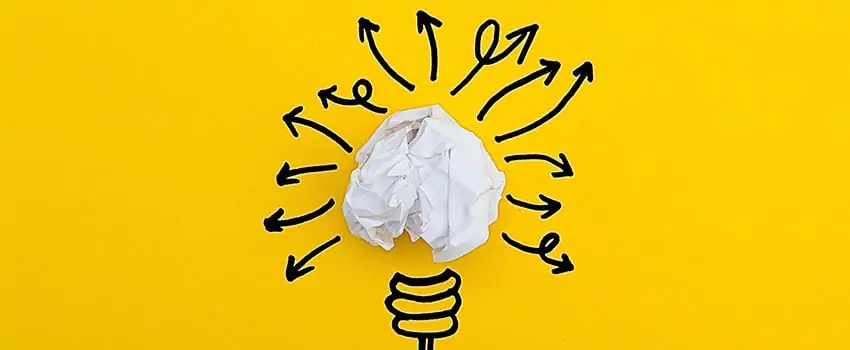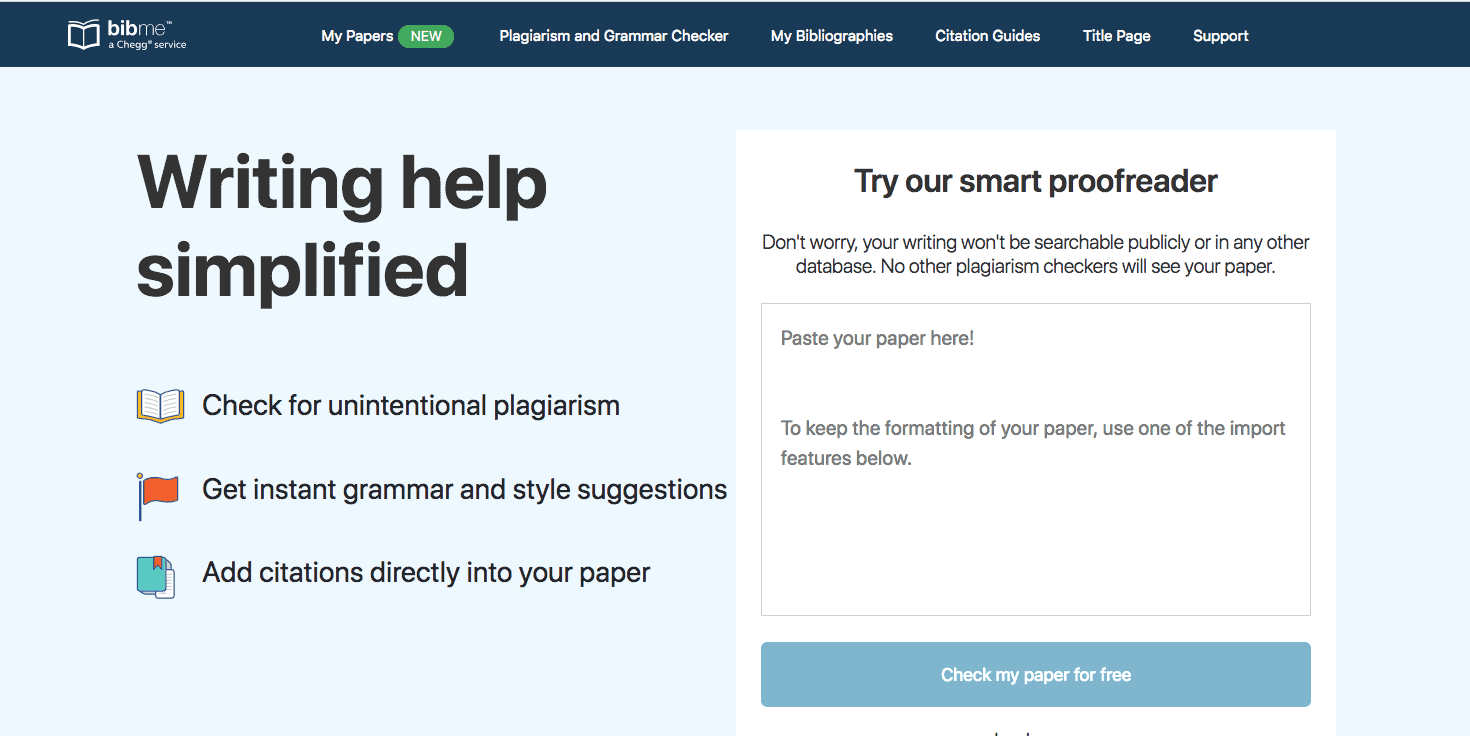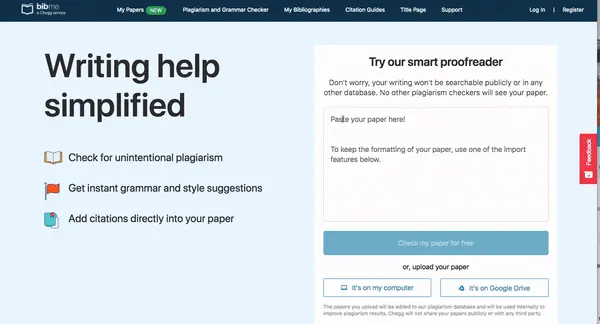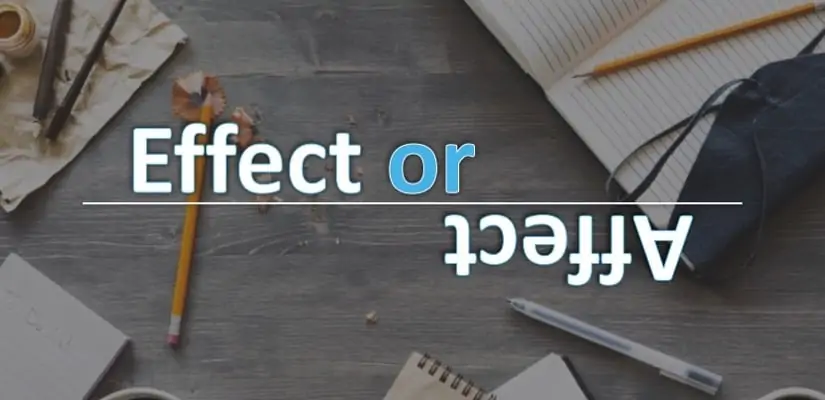
Smart Tips to Choosing a College
So, you’ve been accepted to college—congratulations! No more gathering transcripts, asking for recommendation letters, stressing over application essays (and running them through a grammar checker), or waiting for responses. But choosing where to go to after you’ve gotten in can be a difficult decision. After all, different schools have different perks, and even if you’ve already done extensive research, it can be tough narrowing down a list to just one place.
To make the process a bit more manageable, we are criteria you can take into account when figuring out where to go.
Consider the Financial Aspect
College costs a lot of money, and there’s no reason school price shouldn’t factor into your decision. You shouldn’t make the decision based on price alone, but if you get a scholarship to one school and not another—or if one institution is private while another is public—that information is worth taking into account.
Visit the Schools
While it won’t always be possible to visit every school—due to time, distance or money—visiting your top choices is a great way to decide if they’re really be right place for you. Oftentimes, you get a feeling just from visiting a place. Visualizing the campus’ layout and the students without actually stepping foot on campus is challenging, so try to find a way to visit in person if you can.
Talk Out the Decision
Discussing your thoughts with family or friends might be helpful, but talking out the decision to yourself could also prove a helpful strategy for determining the right choice for you. You also might want to write out your thoughts on Post-It notes as you go, if you’re a visual learner.
Speak With Current Students
Talking with students who currently attend a school can go a long way toward determining whether that’s the place for you. While reading in guidebooks and online information can help you get an idea of what a student’s experience might be like, there’s no substitute for talking with a student over the phone or in person. Connect with someone from your high school who’s a current student at that college, or if you don’t know anyone who goes there, ask your regional admissions officer if they can put you in touch with an enrolled student.
Go With your Gut
Although it’s best to make an informed decision after conducting research, you may find yourself pulled toward one school, whether it’s for the academic programs or because it just felt like the right fit. If you still feel conflicted after making a pro-con list, go with your gut—do what you think is right, taking into account criteria including strength of academic programs, money and social experiences.
Take Your Time
For most schools, you have until May 1 to say whether or not you’re coming, a full month after the latest acceptable letters come in. There’s no problem with waiting until May 1. Deciding where to go to college is a big decision—after all, you’re planning to spend four years at that institution. There’s nothing wrong with taking that month to mull things over; there’s no perk to accepting an offer in early April.
Deciding on a college may be hard, but creating citations in high school and college can be easy with BibMe. Cite sources quickly and automatically in MLA format, APA format, and thousands of other styles.
...
How to Brainstorm When You’re Out of Ideas
We've all experienced the mental block that occurs when the well of ideas has run dry. Snap out of staring-into-space mode with these brainstorming tips for infinite ideas generation.
Switch Up Your Method
There are lots of different brainstorming methods to choose from—so if one isn't working for you, try switching to another. Examples include:
1. Free Writing
Free writing means picking up your pen (literally or figuratively!) and writing continuously for a set time period. Don't worry about your spelling or a grammar check for now—just let the ideas flow! The goal is that you free yourself from the constraints of over-thinking or deliberating whether an idea will work or is 'good enough'. Forcing yourself to continue with a train of creative thought could take you somewhere unexpected.
2. Mind Mapping
Also known as clustering or creating a spider diagram, this method basically involves branching points out from a core idea. Each point can connect to further branches, letting your core idea lead you somewhere that might have been too much of a leap to make otherwise.
3. Bullet Method
The bullet method is great for those who prefer a more ordered brainstorming session. It involves breaking a topic down into subtopics, which are then broken down further into bullet lists of connected ideas. It's essentially a more structured-looking mind map! This method is ideal if you wish to note down any sources of inspiration that you might later need to create a works cited page for your MLA or APA style citations.
4. Venn Diagrams
Venn diagrams are a good method for comparing two or more things, and can be especially useful when planning compare and contrast essays. They involve drawing a circle for each thing that needs to be compared. In each circle you write the ideas, traits or characteristics that are relevant to that item. The circles should have an overlapping section for their shared characteristics.
Focus On Quantity, Not Quality
This might go against all your academic instincts, especially if you have perfectionist tendencies. However, allowing yourself the freedom to simply create ideas, without worrying about them further at this stage, could lead you somewhere that you wouldn't have otherwise got to.
Set A Time Limit
Setting a timer can be an effective way to focus the mind on the task in hand. A time limit will also help prevent you from getting stuck on over-thinking your ideas, and will encourage you to just get as much down on paper as possible before your time runs out!
Change Your Surroundings
Sometimes, a change of scenery can work wonders for creativity. You could physically change your surroundings by taking yourself off to the library, a coffee shop or somewhere else you wouldn't normally work. Or you could go for a more subtle change such as switching from your computer to good old-fashioned pen and paper. Or try playing background music, if you're used to working in silence.
Find A Friend
Adding another person to the mix can be really effective in sparking inspiration and unblocking the flow of ideas. Why not try getting some of your class peers together to brainstorm in a group (check with your tutor first). Alternatively, having an impartial third-person to bounce ideas off can be useful as their questions could lead you to consider a new perspective.
Sources
https://medium.com/@WriterLionel/sound-advice-what-to-listen-to-while-working-601af736846
https://www.wrike.com/blog/techniques-effective-brainstorming/
https://www.thoughtco.com/creating-a-venn-diagram-1857015
...

Which Citation Format Should I Use?
So, you're writing a paper and want to make sure that you're citing your sources correctly. Great! Ensuring that you properly cite and reference your sources will prevent lost marks—or even a failed paper, or worse—for accidental plagiarism. However, in order to correctly cite your sources, you first need to know which citation format to use.
There are numerous citation styles, although MLA format, APA format and Chicago/Turabian are the most commonly used.
The bottom line, when deciding which citation format to use, ask your teacher or professor. They're the person best placed to advise you, as the preferred style often depends on the subject in question. Therefore, you shouldn't expect a university or college to ask for the same citation format across the board. You should also be careful not to assume that assignments for your major and minor subjects require you to use the same style of citations. If in any doubt, ask!
To give you a general idea, here's a breakdown of citation formats and the subjects that they're usually used for:
Popular Formats
APA Format (American Psychological Association) - Used for social science subjects such as psychology, criminology, business and journalism.
MLA Format (Modern Languages Association) - Used for literature and humanities subjects such as literature, philosophy, religion, theater and communications.
Chicago Manual of Style - Used in humanities and social sciences such as anthropology, art history, business, computing, criminology, history, philosophy and religion.
Turabian Style - A variation of Chicago Manual of Style used across humanities, social sciences and natural science subjects such as art history, history and music.
Less-Commonly Used Formats (single subject specific)
Harvard Business School -- business
ACS (American Chemical Society) -- chemistry
AIP (American Institute of Physics) -- physics
ALWD (Association of Legal Writing Directors) -- law
AMA (American Medical Association) -- medicine
AMS (American Mathematical Society) -- math
APSA (American Political Science Association) -- politics, international studies
ASA (American Sociological Association) -- sociology
AP (Associated Press) -- journalism, PR
Bluebook -- legal studies
CSE (Council of Science Editors) -- biology
LSA (Linguistics Society of America) -- linguistics
Maroonbook -- legal studies
NLM (National Library of Medicine) -- medicine
As you'll note from the above list, there's some subject crossover with the popular citation formats. Others are very subject specific. Whichever subject you're studying at your college or university, check your teacher’s preference before undertaking the task of creating your citations -- time is precious as a busy student, and the last thing you want is to have to complete the same task twice, or lose marks unnecessarily.
Once you know which citation style you need to select, head over to the BibMe’s citation generator for help with their creation.
...
New: Check Any Paper for Grammar and Plagiarism with BibMe Plus
We’re excited to announce the release of our brand new BibMe Plus grammar and plagiarism tool! It’s simple to use and provides you with the writing help you need, when you need it.
We’ve all been there. Those strenuous hours, pouring over research assignments, compiling notes, creating APA or MLA style citations, and writing until our fingers throb. We feel for you! That’s why we’ve made the research process significantly easier for you with BibMe Plus’s new grammar and plagiarism checker!
Wondering how to use our newest tool? Get a grammar check for free! Just copy and paste your paper or upload it into our smart proofreader. In just a few clicks, BibMe Plus instantly analyzes your paper for grammatical errors. Up to 5 errors are free to review, or you can see them all with a subscription.


What’s the Difference Between an Abstract, Summary, and Annotation?
With so many different terms related to citations (e.g. MLA format, footnotes, abstract, etc.), it can be difficult to understand how each one could fit into your paper. Let’s take a look at a few of the most commonly confused citation terms, and ways that you can properly use them in your work.
What is an Abstract? When do I use it?
An abstract is a condensed overview of a paper that usually includes the purpose of the paper/research study, the basic design of the study, the major findings, and a brief summary of your interpretations of the conclusions. Abstracts are usually used in social science or scientific papers, and are generally 300 words or less.
What is a Summary? When do I use it?
Like an abstract, a summary is just a condensed write-up on the topic discussed in your paper. However, summaries are more open ended than abstracts, and can contain much more varied information. They can be included in virtually any type of paper, and do not have a specific word count limit. Always check with your instructor for those types of guidelines before handing in your summary and paper.
What is an Annotation? When do I use it?
Annotations, otherwise referred to as annotated bibliographies, are contextual blurbs that are placed underneath the citation that they refer to within the bibliography of a paper. Each annotation is usually about 150 words, and is a descriptive and evaluative paragraph. The purpose of the annotation is to inform the reader of the relevance, accuracy, and quality of each source cited.
Before including any of these options in your paper, be sure to check with your instructor about their specifications for your assignment. It might also be beneficial to run it through a grammar checker in case there are any errors you may have missed in the abstract, summary, or annotation.
---
If you need to create APA citations, learn how to cite a book, or are looking to for a way to review your paper, try BibMe Plus’s plagiarism and grammar checker.

Is it Effect or Affect?
Writing a paper has many challenges. You may wonder, what should my topic be? Are my sources credible? Should that be an APA or MLA website citation? How’s my grammar?
Have you ever faced the dilemma of whether to choose “effect” or “affect”? Perhaps you thought you selected the correct one but were informed it was the wrong choice after all. Or perhaps you didn’t even realize you made an error in the first place.
Whatever your concern over these two very similar words, it’s important to understand the difference. After all, their correct usage can improve your credibility with your reader, whether that means a fellow classmate or an instructor. Let’s take a look at these commonly confused words by first defining them.
Defining “Effect”
The word “effect” is a noun that means “a change which is a result or consequence of an action or other cause.” The word “effect” is used in the phrase “cause and effect,” which you may be familiar with if you’ve ever been asked to write that type of essay. In general, “effect” can be singular or plural, sometimes changing its definition when plural.
When it appears as singular, it may be used like this:
The young woman was dizzy from the side effect of the medicine.
In this example, you can see that “effect” functions as a noun--a thing that, in this sentence, occurs because of medicine.
When it appears as plural, “effects,” there may be several definitions. In one usage, the definition remains the same and there is simply more than one effect, such as “side effects.” In another usage, “effects” are someone’s personal belongings. You may have heard people talk about their “effects”; this probably included things like their hats and briefcases. In yet another usage, “effects” are devices used to enhance a stage or film performance, such as special effects.
No matter how you use the word “effect,” make sure you’re using it to match the sentence where it’s used. (If any of your sentences contain a quote, don’t forget to cite your sources.)
Defining “Affect”
Think about how “effect” is a noun—this is important for understanding the main distinction between it and “affect.” “Affect” is a verb (not a noun) that means to “have an effect on; make a difference to.” The word “affect” can be used to show how one thing creates change in something else.
For example, you might write:
The hot sun affected the sunbathers in such a way that they soon had to go inside.
In this example, you see how the sun caused a change for the sunbathers—they had to go inside. “Affect” can be a very handy word when composing.
What’s the Difference?
As we have discussed, these words have both different definitions and parts of speech. As mentioned above, “effect” usually functions as a noun, and “affect” usually functions as a verb. The bottom line is this: knowing whether you need a verb or a noun in a sentence can help you determine which of these words to choose for your next piece of writing.
Here is an example of these words used correctly in the same sentence:
The effect of the rain was that I caught a cold, which affected my singing performance in the evening.
Which One Should I Use?
When you’re faced with the decision between “affect” and “effect,” think about what your sentence says. If you need a noun, use “effect” in most cases. If you need a verb, use “affect” in most cases. Either way, these words are important for clear communication, something that gives your reader confidence in your words.
------
Check your paper before turning it in! Use BibMe Plus’s grammar check and plagiarism check feature to receive editing suggestions and search for unintentional plagiarism. BibMe Plus's citing services can also help you build a bibliography in MLA or APA citation format, a Chicago style in text citation, or format your citations in thousands of citation styles. Try it today!
